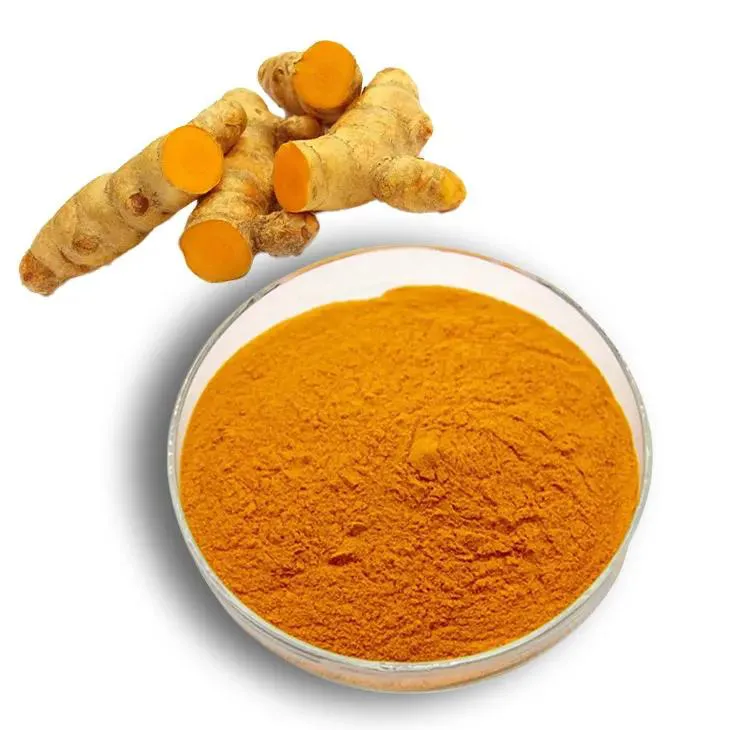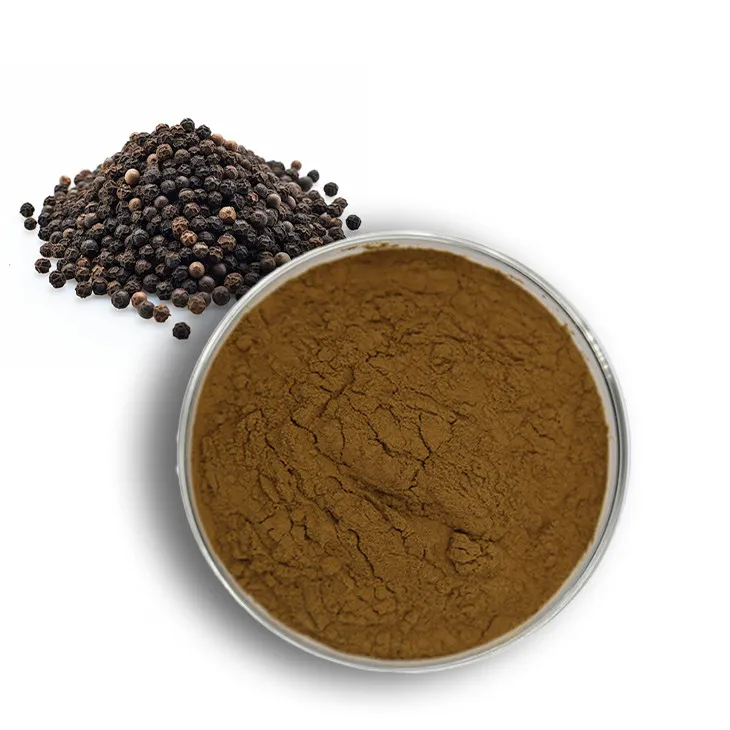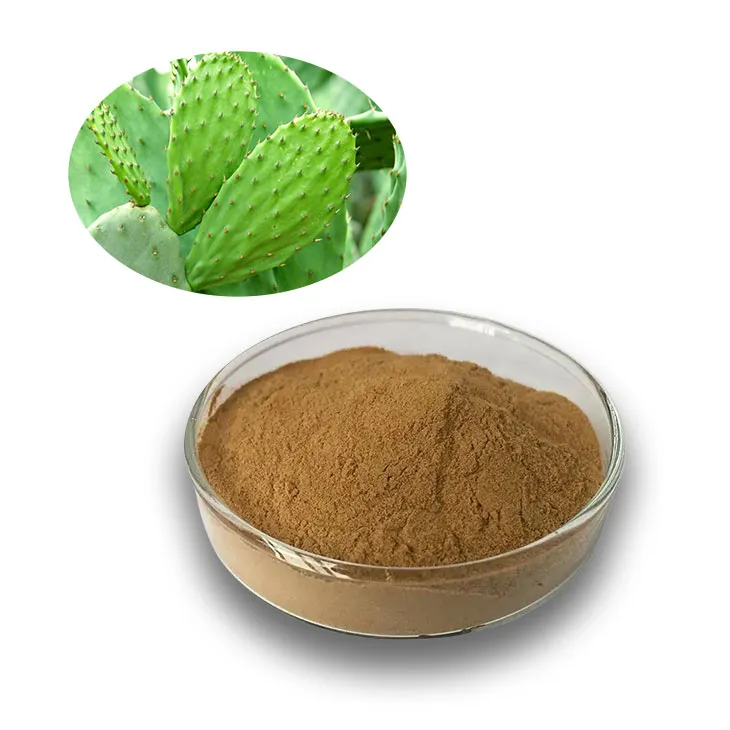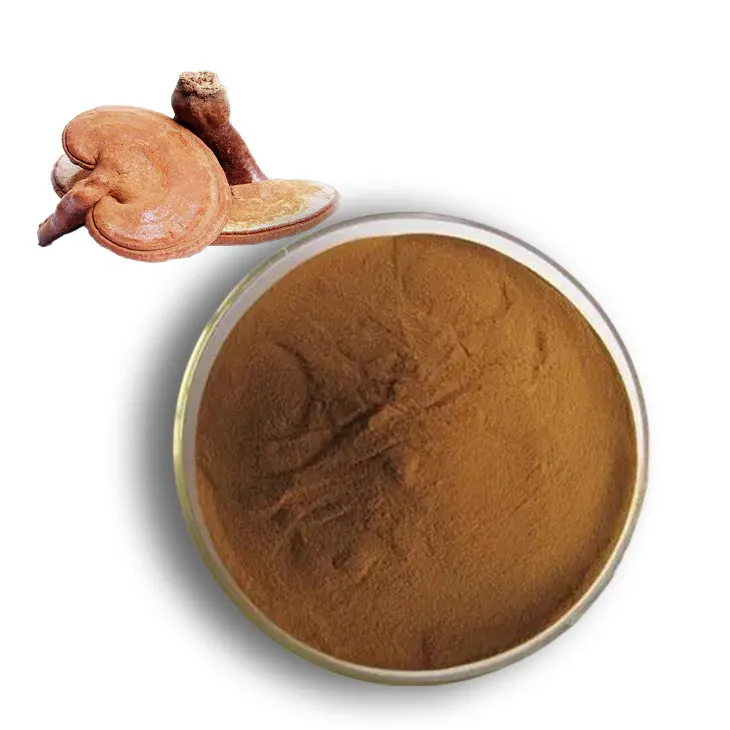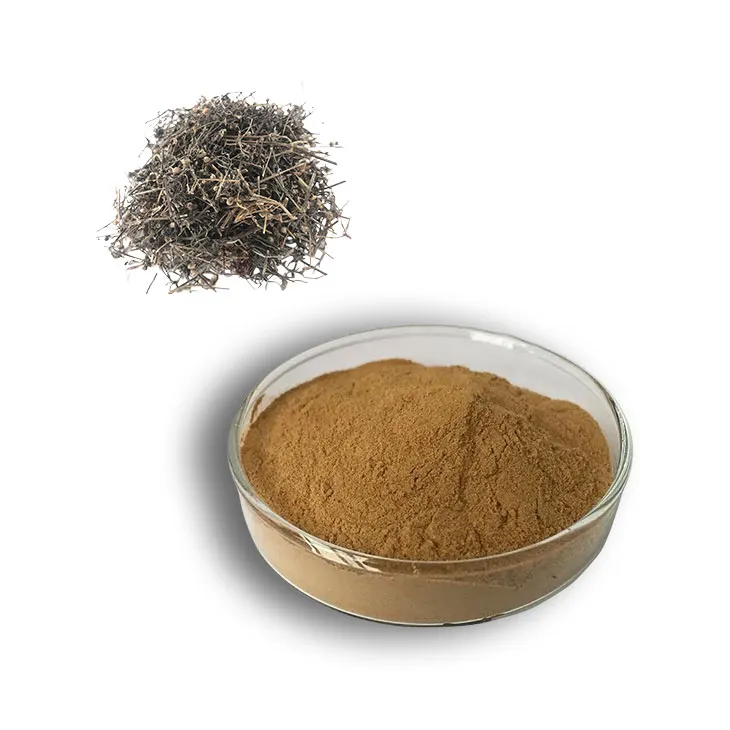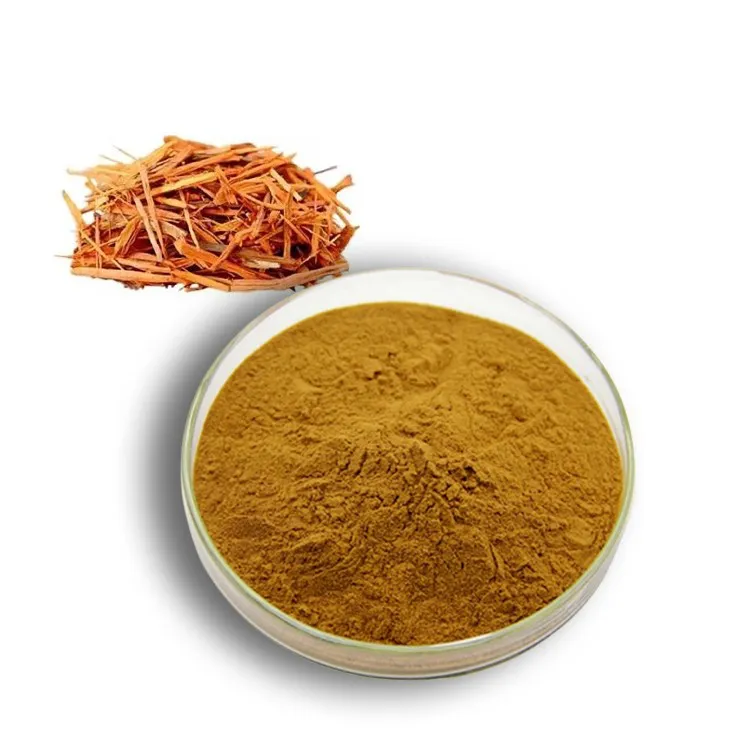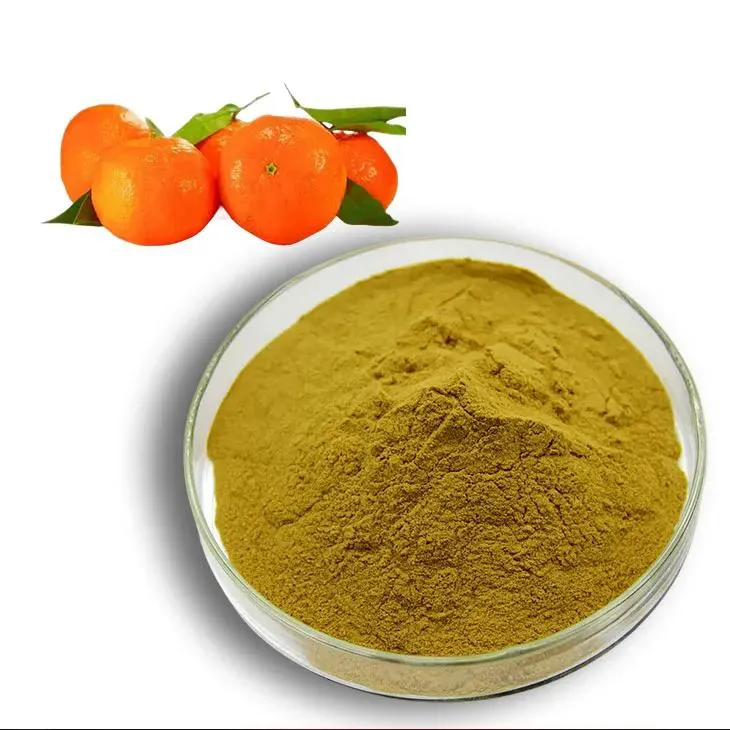- 0086-571-85302990
- sales@greenskybio.com
Nutritional Profile of Grape Leaves: Are They High in Sugar?
2025-06-20
Grape leaves, integral to many culinary traditions, particularly in Mediterranean and Middle Eastern cuisines, offer more than just taste and versatility. They are celebrated for their nutritional benefits and their role in iconic dishes like dolmas or stuffed grape leaves. As interest in nutrition and health-conscious eating grows, many people wonder about the sugar content in grape leaves, especially those managing conditions like diabetes or following low-sugar diets. This article explores whether grape leaves are high in sugar, examining their nutritional profile, health benefits, and ways to incorporate them into a balanced diet.
Nutritional Composition of Grape Leaves
Grape leaves are the foliage of the grapevine (Vitis vinifera), harvested typically from late spring to early summer. They are commonly preserved through methods like brining for year-round availability. A closer look at their nutritional composition reveals why grape leaves have garnered attention beyond their culinary use.
The nutritional content of grape leaves per serving (approximately five large leaves, or about 14 grams) is as follows:
- Calories: 14
- Protein: 1 gram
- Fat: 0.2 grams
- Carbohydrates: 2.4 grams
- Fiber: 1.5 grams
- Sugars: Less than 1 gram
As evident from their nutritional breakdown, grape leaves contain less than one gram of sugar per serving, indicating that they are very low in sugar. This makes them an excellent food choice for those mindful of sugar intake, including individuals with diabetes or those adhering to low-sugar or ketogenic diets.
Understanding Sugar Content
The low sugar content in grape leaves can be attributed to their composition. Unlike the fruit of the grapevine, which contains natural sugars like glucose and fructose, grape leaves are primarily composed of fiber and water, contributing to their low-calorie and low-sugar profile. This distinction is important for those who may enjoy the health benefits of grape leaves without experiencing the glycemic impact associated with consuming grapes or grape juice.
Benefits of Low-Sugar Content in Grape Leaves
The low sugar content in grape leaves provides several advantages, enhancing their appeal for health-conscious consumers:
1. Blood Sugar Control: For individuals with diabetes or those at risk of developing the condition, every gram of sugar counts. The minimal sugar content in grape leaves helps maintain stable blood glucose levels, making them a suitable food for such individuals.
2. Weight Management: Foods low in sugar and high in fiber, like grape leaves, can aid in weight management. The fiber increases satiety, which can reduce calorie intake and help with weight loss or maintenance.
3. Heart Health: Reducing sugar intake is generally beneficial for heart health, as high sugar consumption is linked to obesity, inflammation, and increased risk of cardiovascular diseases. Grape leaves, with their low sugar content, support heart-healthy dietary patterns.
4. Anti-inflammatory Properties: The presence of polyphenols and antioxidants in grape leaves contributes to their anti-inflammatory properties, which may be further enhanced by their low sugar content. Chronic inflammation is often exacerbated by high sugar consumption, so foods like grape leaves can help combat this.
Health Benefits of Grape Leaves
In addition to their low sugar content, grape leaves offer a range of health benefits:
1. Rich in Nutrients: Grape leaves are an excellent source of vitamins A, C, and K, as well as minerals like calcium, magnesium, and iron, all essential for maintaining various bodily functions.
2. Antioxidant Properties: The leaves contain antioxidants such as Quercetin and other polyphenolic compounds, which help neutralize free radicals, reducing oxidative stress and the risk of chronic diseases.
3. Bone Health: Vitamin K in grape leaves is critical for bone health, supporting bone density and reducing the risk of osteoporosis.
4. Digestive Health: The high fiber content promotes healthy digestion and regular bowel movements, contributing to improved gut health.
Incorporating Grape Leaves into Your Diet
Grape leaves can be enjoyed in numerous ways, offering both culinary diversity and nutritional benefits. Here are some ways to incorporate them into your diet:
1. Stuffed Grape Leaves (Dolmas): This classic dish involves wrapping a savory filling of rice, herbs, and sometimes meat in grape leaves. They are often served as appetizers or side dishes in Mediterranean meals.
2. Salads and Wraps: Use grape leaves in salads or as wraps for various fillings, offering a low-carb alternative to traditional bread or tortillas.
3. Toppings and Garnishes: Add shredded or chopped grape leaves to soups, stews, and casseroles for additional flavor and nutrients.
Considerations When Using Grape Leaves
While grape leaves are low in sugar, consider the following when incorporating them into your diet:
- Sodium Content: Preserved grape leaves, often stored in brine, can be high in sodium. Rinse them thoroughly before use to remove excess salt.
- Allergies and Sensitivities: Individuals with grape or wine allergies should consult with a healthcare provider before consuming grape leaves.
- Balanced Diet: Grape leaves should be part of a varied and balanced diet, complemented by other fruits, vegetables, whole grains, and lean proteins.
Conclusion
Grape leaves, with their low sugar content and rich nutrient profile, stand out as a versatile and health-promoting food. Their minimal sugar level makes them an excellent choice for individuals looking to manage their sugar intake while still enjoying flavorful and nutritious dishes. Whether part of a traditional dish or incorporated into modern recipes, grape leaves offer a delightful way to enhance meals with healthful benefits, aligning with dietary patterns that focus on reducing sugar and promoting overall well-being.
- ▶ Hesperidin
- ▶ citrus bioflavonoids
- ▶ plant extract
- ▶ lycopene
- ▶ Diosmin
- ▶ Grape seed extract
- ▶ Sea buckthorn Juice Powder
- ▶ Beetroot powder
- ▶ Hops Extract
- ▶ Artichoke Extract
- ▶ Reishi mushroom extract
- ▶ Astaxanthin
- ▶ Green Tea Extract
- ▶ Curcumin Extract
- ▶ Horse Chestnut Extract
- ▶ Other Problems
- ▶ Boswellia Serrata Extract
- ▶ Resveratrol Extract
- ▶ Marigold Extract
- ▶ Grape Leaf Extract
- ▶ blog3
- ▶ Aminolevulinic acid
- ▶ Cranberry Extract
- ▶ Red Yeast Rice
- ▶ Red Wine Extract
-
Curcuma Longa Extract
2025-06-20
-
Black Pepper Extract
2025-06-20
-
Cactus Extract
2025-06-20
-
Echinacea Extract
2025-06-20
-
Quercetin
2025-06-20
-
Dandelion Root Extract
2025-06-20
-
Reishi mushroom extract
2025-06-20
-
Hedyotis Diffusa Extract
2025-06-20
-
Yellow Pine Extract
2025-06-20
-
Citrus bioflavonoids
2025-06-20











